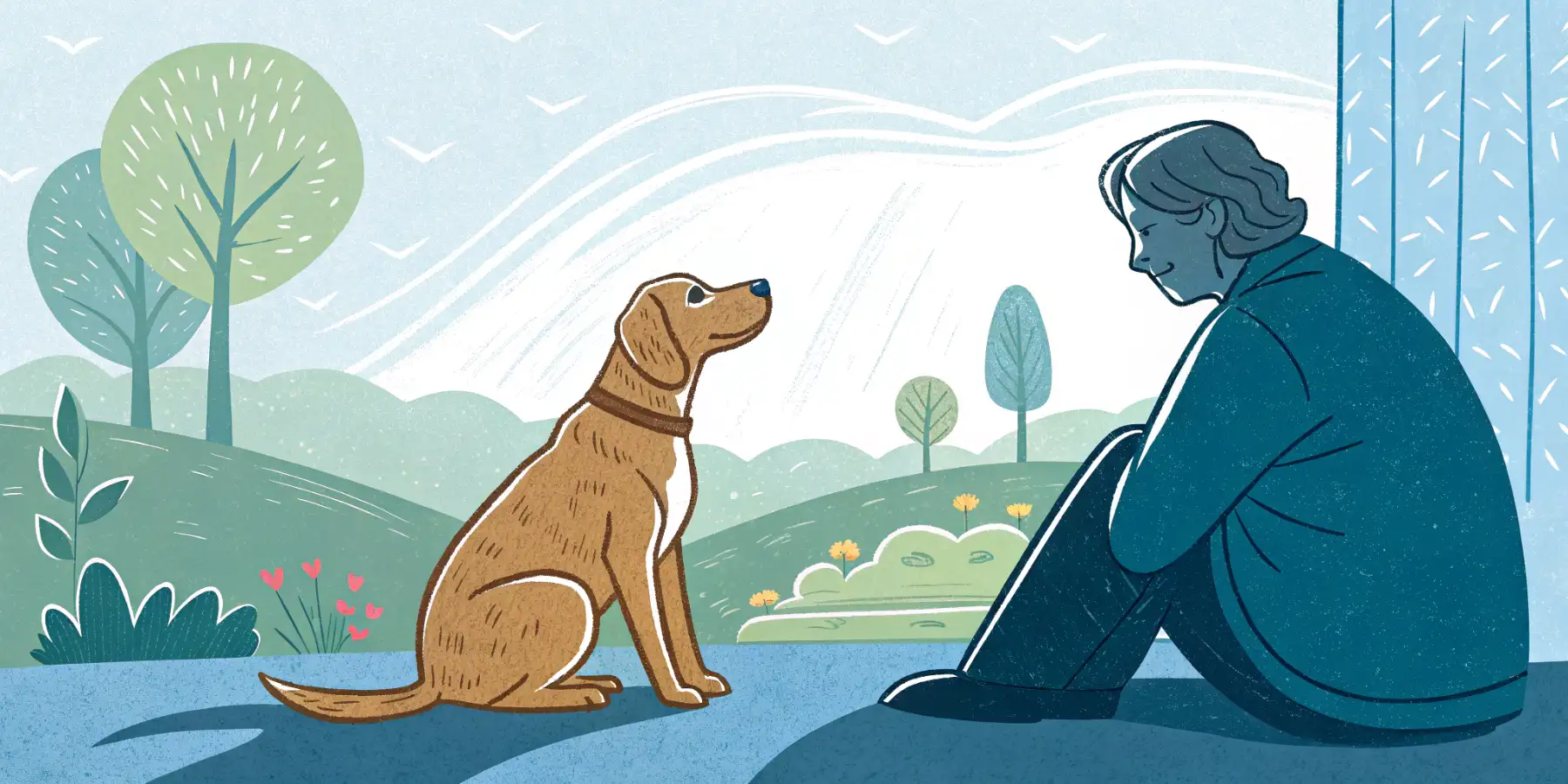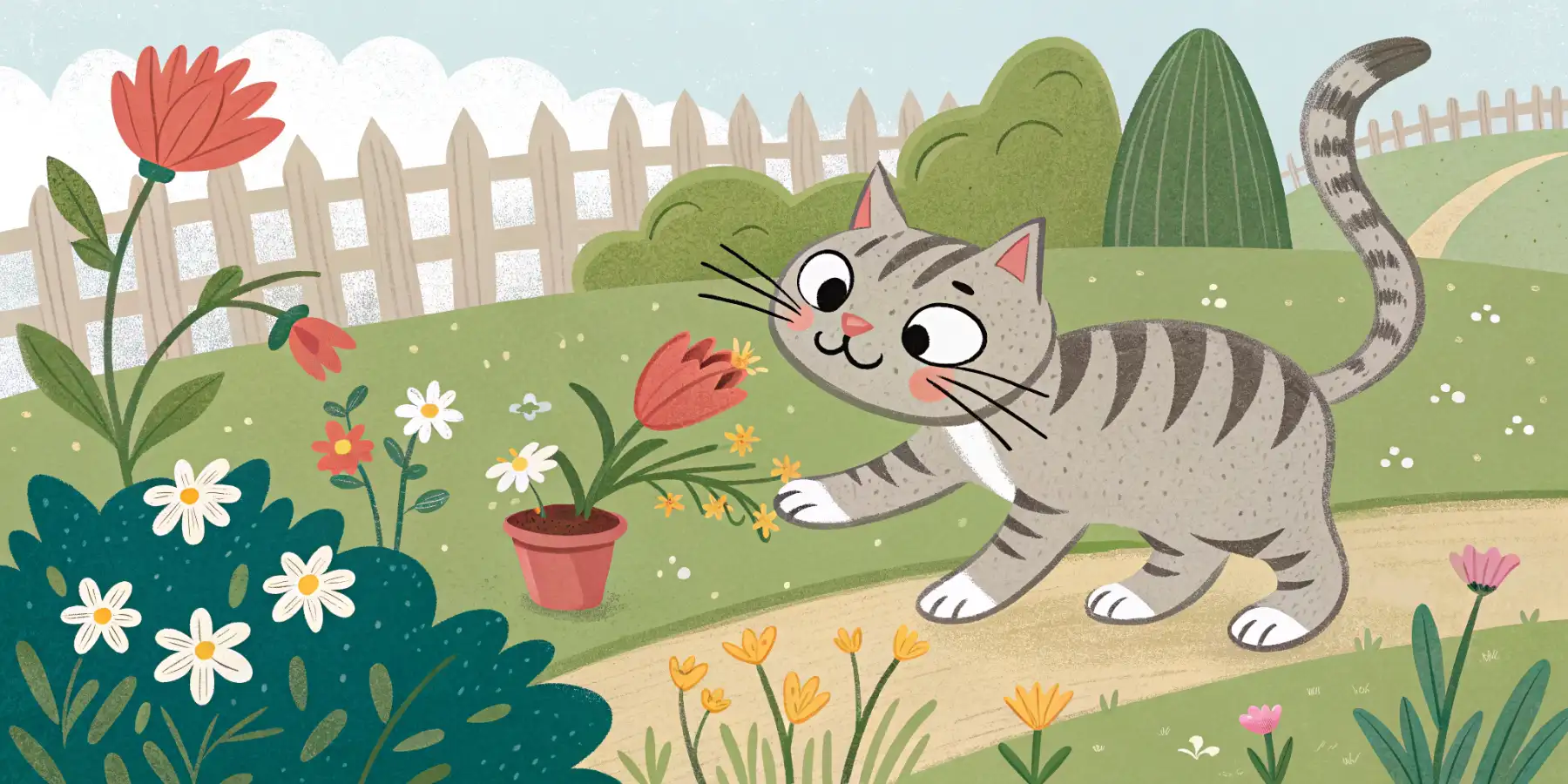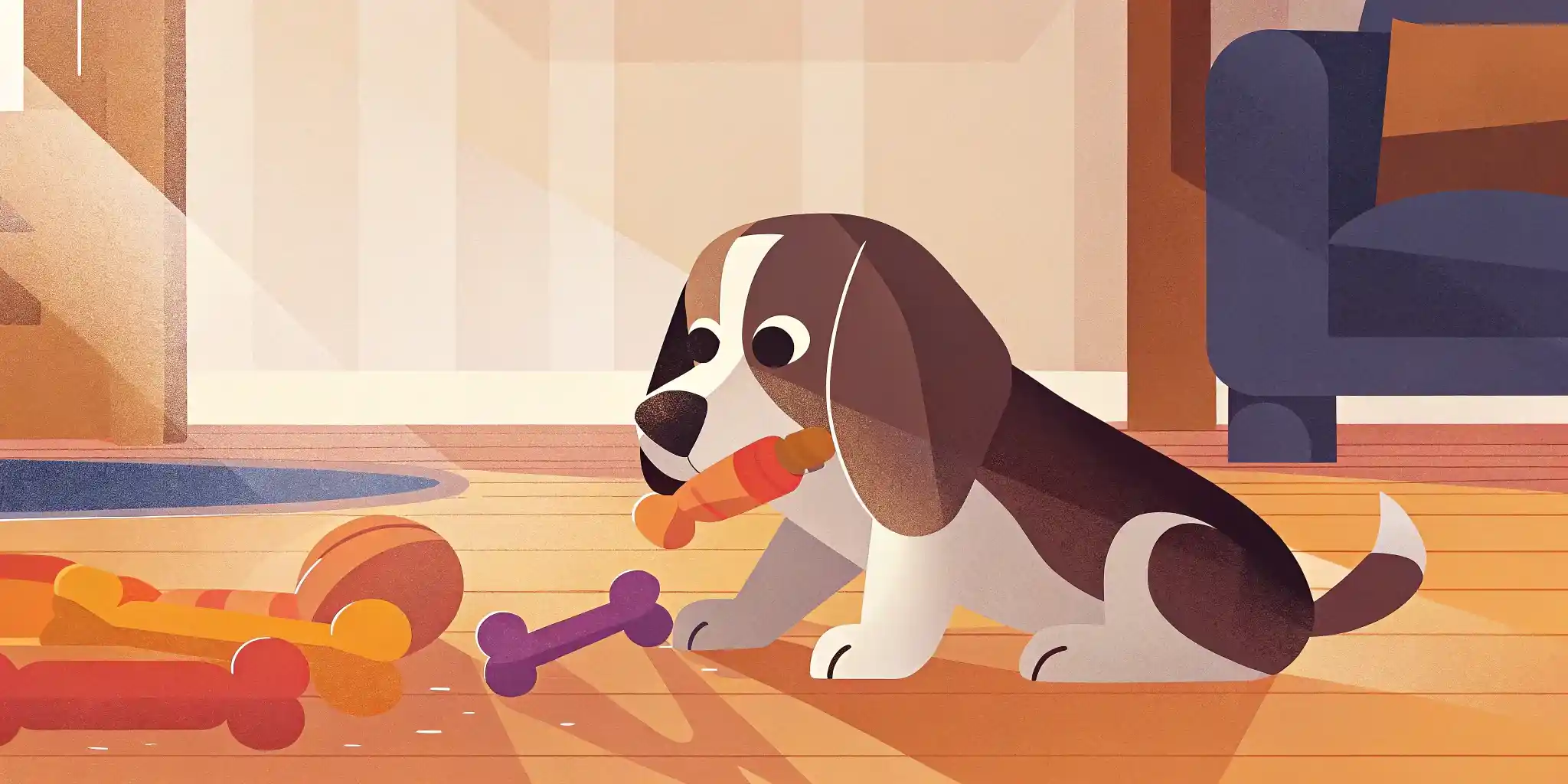
Puppy Chewing? Stop Bites, Save Your Stuff!
Puppy chewing driving you crazy? Learn how to stop puppy biting and save your furniture! Expert tips inside.
Managing Puppy Chewing and Biting: Redirecting Natural Behaviors
Bringing a puppy into your home is one of life’s greatest joys – the playful energy, the unwavering affection, and the endless entertainment they provide are truly unmatched. However, along with the cuddles and tail wags comes a common challenge: puppy chewing and biting. It’s a perfectly normal behavior, but one that needs careful management and redirection to prevent it from becoming a problem. As a pet care expert, I’ve seen firsthand the frustration this can cause new puppy parents, but rest assured, with patience and understanding, you can navigate this stage successfully. Let’s dive into how to effectively manage puppy biting and puppy chewing, guiding your furry friend towards becoming a well-behaved member of the family.
Understanding Why Puppies Chew and Bite
Before we jump into solutions, it’s crucial to understand why puppies engage in these behaviors. It’s not necessarily a sign of aggression or bad behavior. Often, it’s rooted in a few key factors:
- Teething: Just like human babies, puppies experience discomfort as their teeth erupt. Chewing provides relief and helps soothe their gums. This is especially prevalent between 3 and 7 months of age.
- Exploration: Puppies use their mouths to explore the world, much like toddlers use their hands. They’re learning about textures, tastes, and the environment around them.
- Play: Biting and nipping are natural components of puppy play. They learn about bite inhibition – how hard they can bite without causing pain – through interactions with their littermates and mother.
- Attention-Seeking: Sometimes, a puppy will chew or bite to get your attention. Even negative attention (like yelling) can be rewarding to them.
- Boredom and Anxiety: Puppies that are not getting enough physical exercise or mental stimulation may turn to destructive chewing out of boredom or frustration. Similarly, a puppy with separation anxiety may chew or bite at items when left alone.
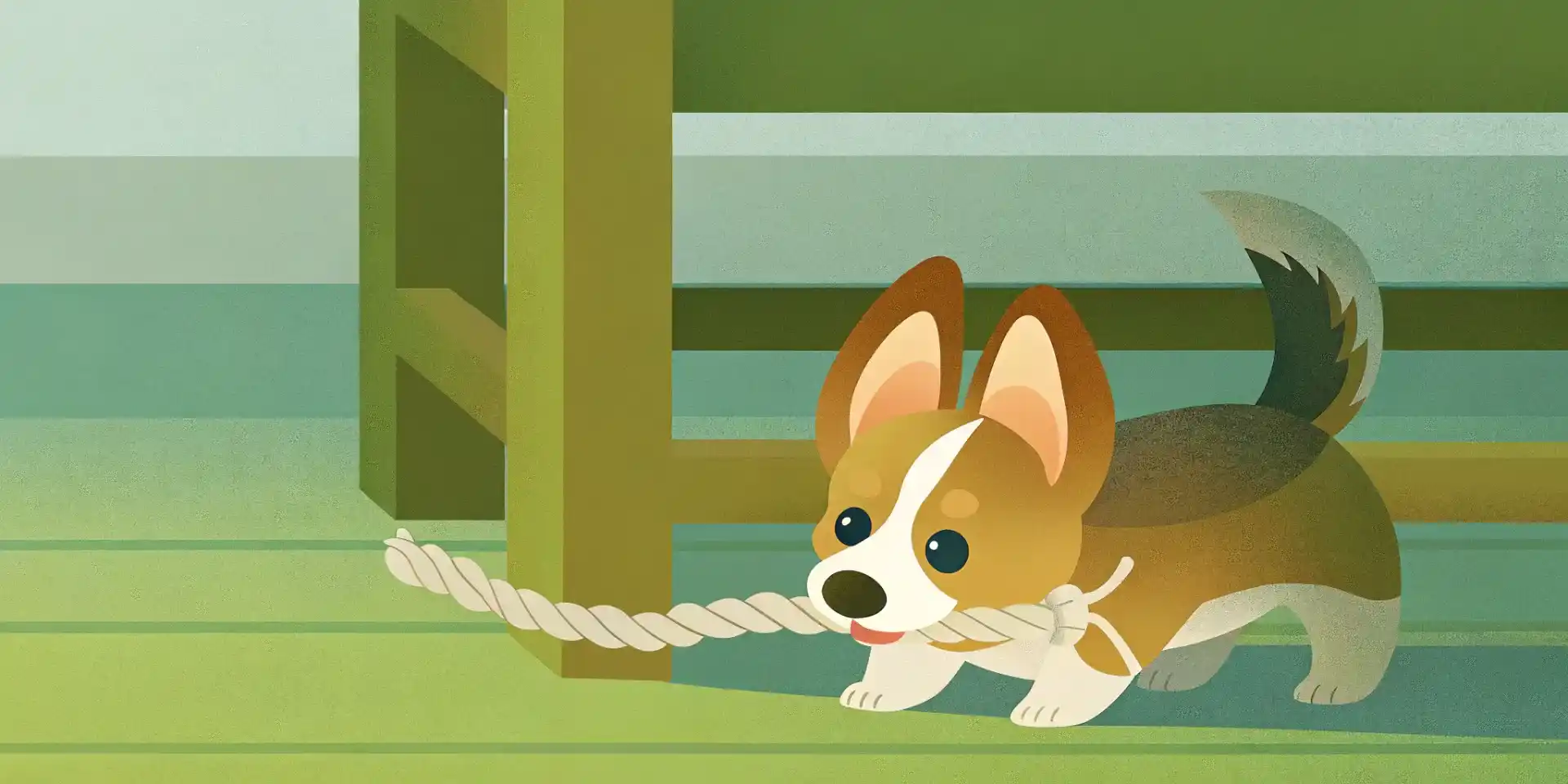
Image: A happy puppy enthusiastically chewing on a durable rope toy, a great way to redirect teething behaviors.
Setting Up a Puppy-Proof Environment
Prevention is always the best medicine! Before your puppy even sets paw in your home, take the time to create a puppy-proof environment. This involves:
- Removing Hazards: Store away anything that could be dangerous if ingested, such as cleaning supplies, medications, electrical cords, and small objects.
- Protecting Furniture: Cover furniture with blankets or sheets, or use deterrent sprays designed for pets. In my experience, bitter apple spray can be effective, but it’s not a guaranteed solution for all puppies.
- Providing Appropriate Chew Toys: Offer a variety of chew toys in different textures and materials. Rotate them regularly to keep your puppy interested. Choose toys that are durable and safe, avoiding anything that could easily be broken into small pieces. Offering appropriate chew toys for puppies can redirect their energy away from forbidden items.
Redirecting Chewing and Biting Behaviors
Once you’ve established a safe environment, it’s time to focus on redirecting your puppy’s chewing and biting. Here’s a multi-pronged approach:
- Offer Alternatives: When your puppy starts chewing on something they shouldn’t, immediately redirect them to an appropriate chew toy. Praise and reward them when they chew on the correct item.
- Teach Bite Inhibition: If your puppy nips or bites too hard during play, say “Ouch!” in a firm voice and immediately stop playing. This mimics how their littermates would react and teaches them to moderate their bite force. You can also try briefly ignoring your puppy after a hard bite. Consistency is key in teaching proper bite inhibition for puppies.
- Provide Plenty of Exercise and Mental Stimulation: A tired puppy is a good puppy! Regular walks, playtime, and puzzle toys can help burn off excess energy and reduce the likelihood of destructive chewing. I believe that a daily walk of at least 30 minutes is essential for most puppies.
- Use Positive Reinforcement: Reward your puppy for good behavior with praise, treats, and affection. This will encourage them to repeat those behaviors in the future. Avoid punishment, as it can create fear and anxiety, potentially exacerbating biting problems.
- Address Attention-Seeking: If your puppy is biting for attention, ignore them completely. Turn your back, avoid eye contact, and don’t speak to them. Once they stop biting, you can then redirect them to an appropriate activity.
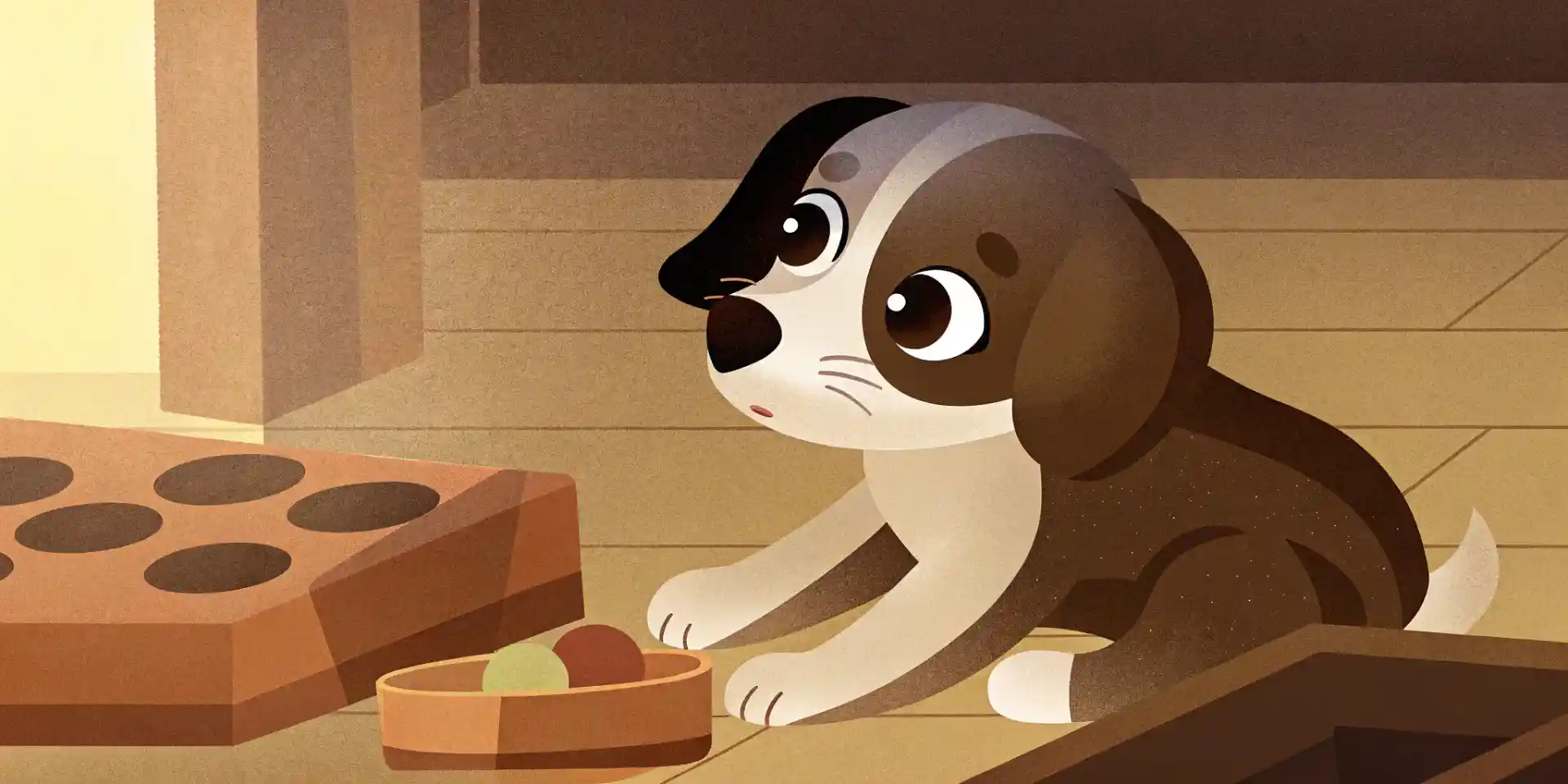
Image: A puppy engaging with a stimulating puzzle toy, a great way to keep them mentally occupied and prevent boredom.
When to Seek Professional Help
While most puppy chewing and biting can be managed with the techniques described above, there are times when it’s necessary to seek professional help. If your puppy is:
- Biting aggressively or with intent to harm.
- Showing signs of excessive anxiety or fear.
- Not responding to redirection or training techniques.
- Causing injury to themselves through chewing.
Then it’s essential to consult with a veterinarian or a certified professional dog trainer or veterinary behaviorist. They can assess your puppy’s behavior, identify any underlying issues, and develop a customized training plan to address the problem.
“How to stop my puppy from biting my ankles”
Many owners struggle with puppies that specifically target ankles and feet. This is often a herding breed instinct or simply a playful attempt to engage. The solution is the same: redirect immediately with a toy, stop moving if they bite, and consider teaching a “leave it” command.
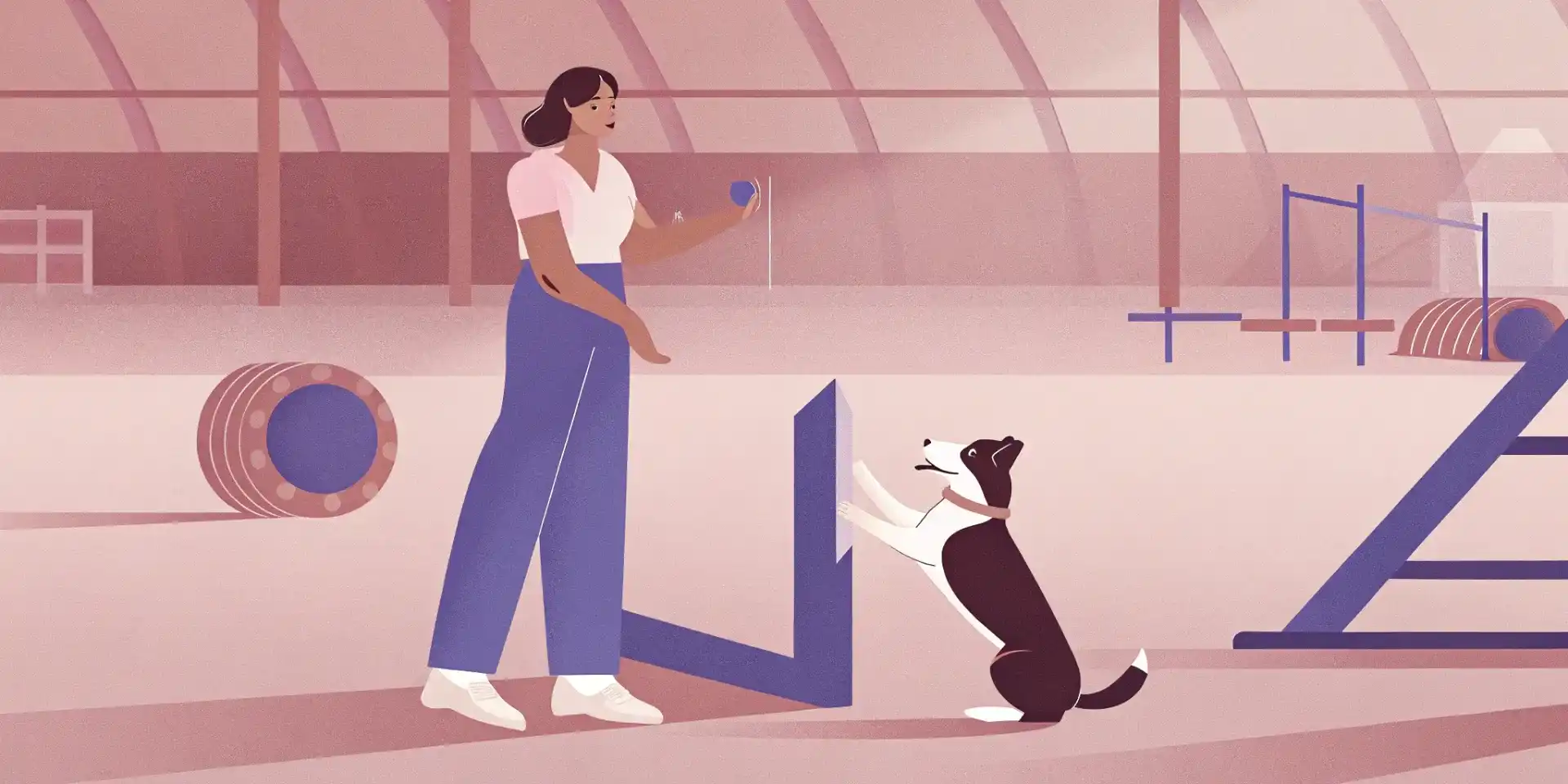
Image: A dog trainer working with a puppy on bite inhibition, demonstrating professional guidance and positive reinforcement techniques.
“Safe chew toys for teething puppies”
Choosing the right chew toys is paramount. Look for toys made from durable, non-toxic materials. Rubber toys designed for teething, like Kongs, are excellent choices. Avoid rawhide chews, as they can pose a choking hazard and can sometimes cause digestive upset.
Final Thoughts
Managing puppy chewing and nipping requires patience, consistency, and a good understanding of your puppy’s needs. By creating a safe environment, providing appropriate chew toys, and using positive reinforcement techniques, you can successfully redirect these natural behaviors and help your puppy develop into a well-adjusted and well-behaved companion. Remember, it’s a journey, not a race! Enjoy the process and celebrate the small victories along the way.

